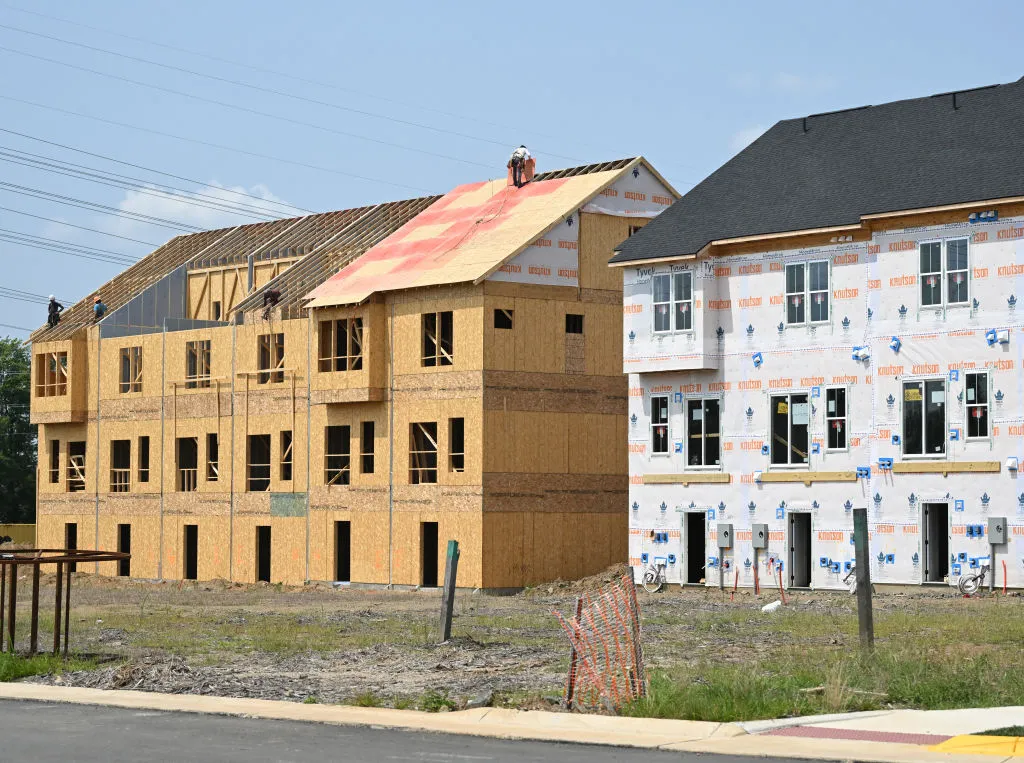Housing Affordability: How Congress Can Partner with Governors to Increase Supply

Understanding Housing Affordability Challenges
In recent discussions, governors from diverse states have acknowledged that housing affordability has reached critical levels. With low supply, high interest rates, and restrictive zoning laws, a generation risks losing the chance for homeownership.
Innovative Solutions Across States
States like Oregon and Utah are making strides to address these issues:
- Oregon: Implemented reforms allowing duplexes and more units on residential lots, leading to 5,000 new affordable homes.
- Utah: Increased housing tax credits and created a $300 million loan fund to aid in developing affordable housing.
The Federal Role in Housing Supply
To amplify state efforts, Congress must consider increasing the federal Low-Income Housing Tax Credit. This key financial resource has been critical since 1986, aiding over 4 million homes, but must evolve with the current housing market.
Bipartisan Support and Future Prospects
Overwhelming bipartisan support exists for the Tax Relief for American Families and Workers Act, which would temporarily expand housing funding opportunities. As states implement their innovative programs, additional federal backing is essential.
Overcoming Local Opposition
While some resistance exists regarding new housing developments, especially among communities reluctant to see changes, it’s crucial to emphasize that increased supply can create opportunities for younger generations.
A Commitment to Collaboration
We celebrate cross-party collaboration led by figures such as Gov. Michelle Lujan Grisham, and advocate for ongoing federal support to build more homes and ensure housing affordability for all Americans.
This article was prepared using information from open sources in accordance with the principles of Ethical Policy. The editorial team is not responsible for absolute accuracy, as it relies on data from the sources referenced.